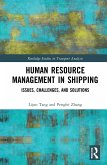
Broschiertes Buch
Issues, Challenges, and Solutions
26. September 2022
Routledge / Taylor & Francis
| Gebundenes Buch | 198,99 € | |
| eBook, ePUB | 42,95 € | |
| eBook, PDF | 42,95 € |
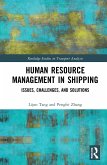
Gebundenes Buch
Issues, Challenges, and Solutions
15. März 2021
Routledge
Broschiertes Buch
Theory and Practice
20. September 2021
Routledge / Taylor & Francis
| eBook, ePUB | 37,95 € | |
| eBook, PDF | 37,95 € |
Ähnliche Artikel
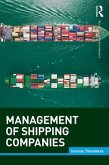
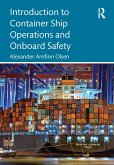
Broschiertes Buch
7. März 2022
Routledge / Taylor & Francis
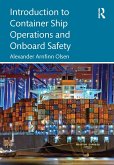
Gebundenes Buch
7. März 2022
Routledge / Taylor & Francis

Broschiertes Buch
A Comparative Approach
2023
Informa Law from Routledge / Taylor & Francis

Broschiertes Buch
Contemporary HR Issues in Europe
3. Aufl.
28. März 2016
Routledge / Taylor & Francis
Y166537

Broschiertes Buch
7. Aufl.
15. August 2023
Routledge / Taylor & Francis
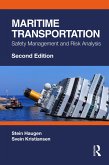
Broschiertes Buch
Safety Management and Risk Analysis
2 ed
15. Dezember 2022
Taylor & Francis Ltd

Broschiertes Buch
Responsible Leadership of Business Purpose
25. Februar 2020
Routledge / Taylor & Francis
Ähnlichkeitssuche: Fact®Finder von OMIKRON
